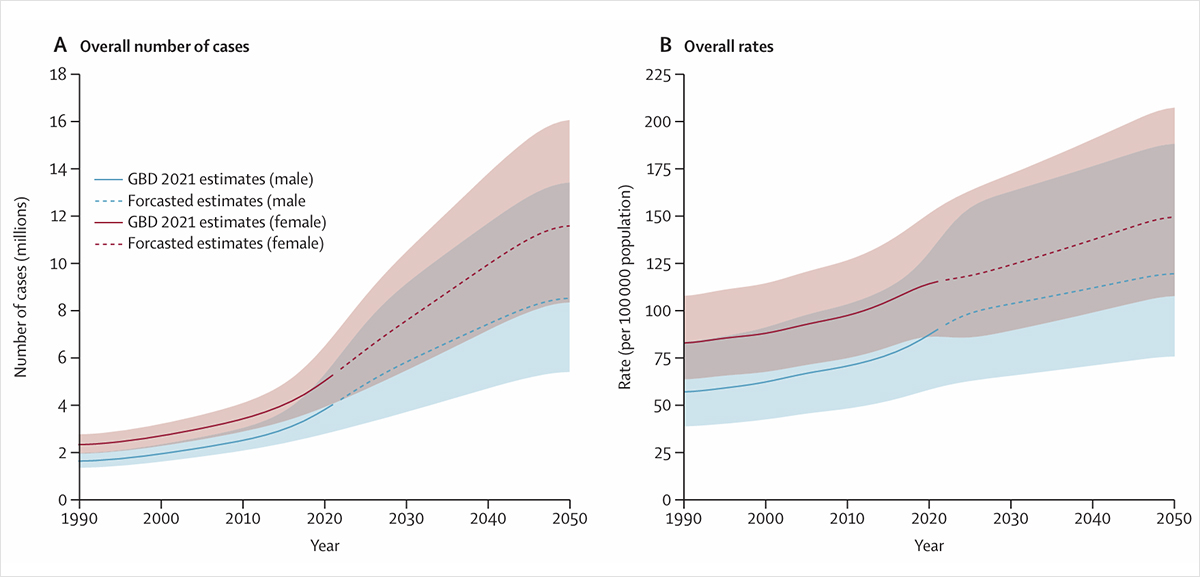header
News
Reducing Smoking Could Lower the Burden of Macular Degeneration
- WRITER 학무부총장실

A global research team led by Professor Dong Keon Yon of the College of Medicine analyzed health data from 204 countries to assess the global burden of vision loss from age-related macular degeneration, tracking trends by year, sex, and age
A research team has conducted the first comprehensive global analysis of vision loss caused by age-related macular degeneration (AMD), using medical data from 204 countries. The study assessed the burden of AMD-related vision impairment by year, sex, and age—marking a world-first in both scale and scope. The Kyung Hee team included Student Yi Deun Jeong, a final-year medical student; Seoyoung Park, a research associate; and Professor Jae Il Shin of Yonsei University. The large-scale project brought together more than 370 researchers from around the world, including those at the Institute for Health Metrics and Evaluation (IHME), the Gates Foundation, and Harvard Medical School. The findings were published in the July issue of The Lancet Global Health (Impact Factor: 19.9) under the title, “Global burden of vision impairment due to age-related macular degeneration, 1990–2021, with forecasts to 2050: a systematic analysis for the Global Burden of Disease Study 2021.”
Global vision impairment from AMD projected to surpass 20 million by 2050
Using data from 1990 to 2021, the research team analyzed changes in the prevalence of vision impairment due to AMD and the associated burden of health loss. Age-related macular degeneration (AMD) is a progressive retinal disease in which the macula—the central part of the retina responsible for detailed vision—deteriorates both pathologically and anatomically. It is a leading cause of vision impairment in high-income countries and tends to increase with age. The global burden of AMD continues to grow as population aging leads to a steady increase in its incidence, yet there remains no clearly established method for prevention.
While previous studies have focused on data from specific countries or regions, Professor Yon’s team presented the first comprehensive global overview of how vision loss from AMD has changed over the past 30 years, using data from 204 countries between 1990 and 2021.
The team also projected how AMD-related vision impairment would change through 2050. As of 2021, approximately 8 million people worldwide were estimated to be affected, and that number is expected to rise to around 21 million by 2050.
Smoking is one of the major risk factors for AMD. The research team also conducted a quantitative analysis of smoking’s impact on the condition. The findings suggest that a global reduction in smoking rates could prevent up to 9% of vision impairment cases caused by AMD. The preventive effect is expected to be particularly significant in low-income countries, where smoking rates remain high.
“This study provides the first systematic, global analysis of vision loss caused by AMD and emphasizes that reducing smoking can serve as an effective public health strategy for its prevention,” said Professor Yon. “In particular, there is an urgent need for policy intervention in low-resource settings where smoking rates are high. These findings offer a strong scientific foundation for developing AMD prevention strategies and shaping global health policies.”
